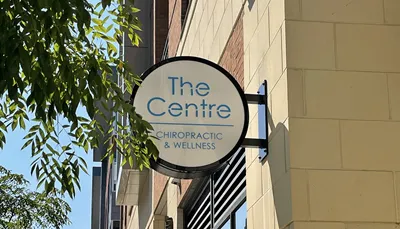Finding the Right Chiropractor Near Me: A Complete Guide for Dublin, OH Residents
Searching for a chiropractor near you? The Centre Chiropractic & Wellness in Dublin, OH offers personalized care, same-day appointments, and gentle, effective adjustments for all ages.







